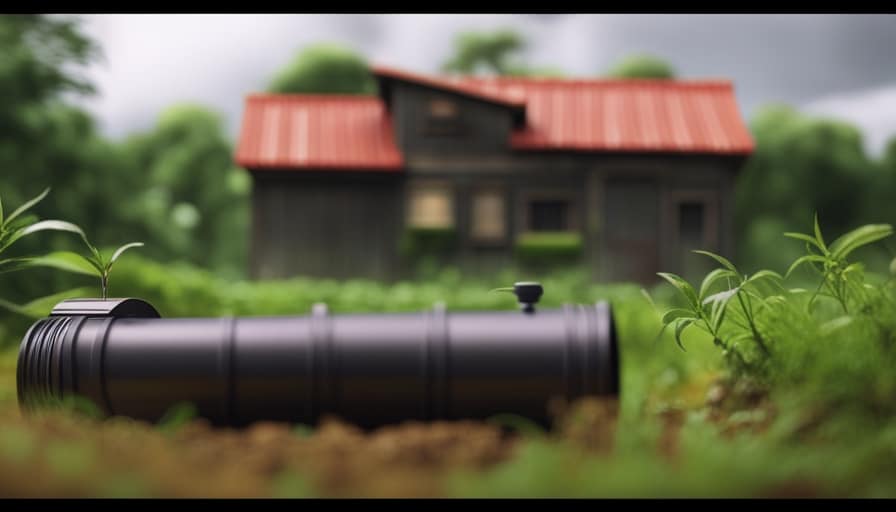As a fan of tiny homes, I’ve learned that eaves are essential for the design and functionality of these compact dwellings. Adding eaves can expand the usable area in a tiny house by as much as 25%.
In this article, we’ll explore the benefits of eaves, their key features, and how they enhance the charm of these unique homes. So, if you’re looking to maximize space and create a functional living environment, understanding how eaves work in a tiny house is essential.
Key Takeaways
- Eaves in tiny house design increase usable space by up to 25% and provide shade, reducing the need for excessive cooling.
- They act as a barrier, protecting the structure from rainwater and potential damage, while also helping to regulate the temperature inside the tiny house.
- Eaves enhance the charm of tiny houses by adding character, creating a shadow effect, and allowing for unique architectural details.
- Key features of eaves in tiny house construction include a significant overhang, integration with a gutter system, and their role in providing natural ventilation and improving indoor air quality.
Benefits of Eaves in Tiny House Design
I really appreciate the many benefits that eaves bring to the design of a tiny house.
When it comes to energy efficiency, eaves play a crucial role. They provide shade during hot summer months, preventing direct sunlight from entering the house and reducing the need for excessive cooling.
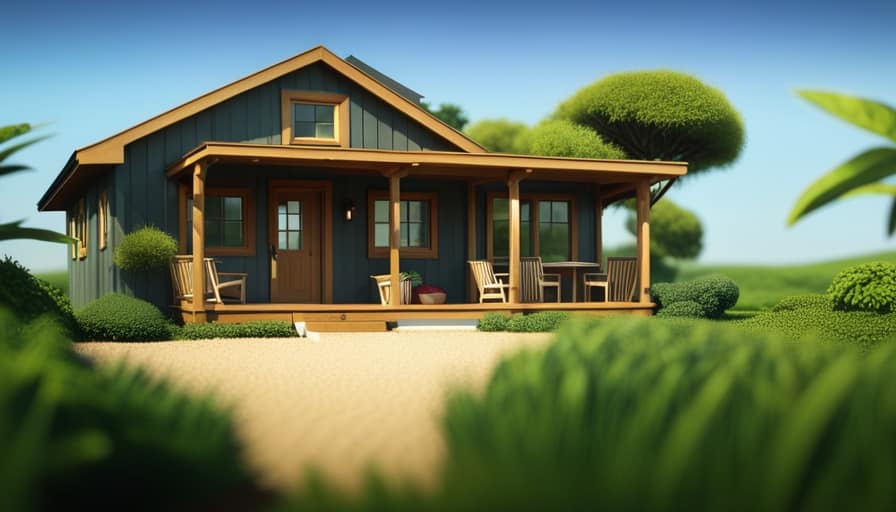
Additionally, eaves act as a barrier, keeping rainwater away from the walls and foundation, protecting the structure from potential damage. This protection from the elements is especially important in small-scale living, where any damage can have a significant impact on the overall functionality of the space.
Eaves also help to regulate the temperature inside the tiny house, preventing heat loss during colder seasons.
The Functionality of Eaves in Small-Scale Living
Eaves play a crucial role in small-scale living by providing protection from the elements and enhancing the overall functionality of a tiny house. Here are three ways in which eaves serve as both weather protection and a design element:
-
Shielding from rain and snow: Eaves extend beyond the walls of a tiny house, preventing water from directly hitting the windows and walls. This helps to keep the interior dry and reduces the risk of water damage.
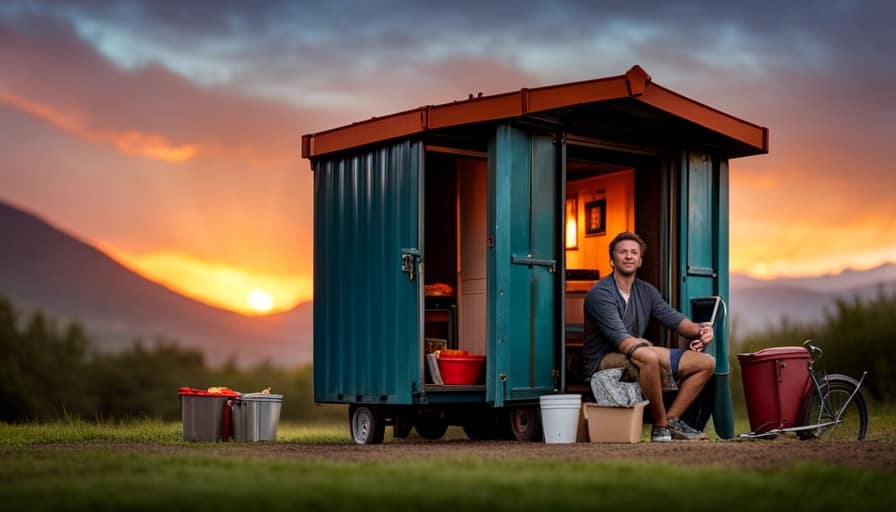
-
Shading from the sun: The overhang created by eaves provides shade, reducing the amount of direct sunlight that enters the tiny house. This helps to keep the interior cool and comfortable, especially during hot summer days.
-
Expanding outdoor living space: Eaves create a covered area outside the tiny house, allowing for outdoor activities even in less favorable weather conditions. This extends the usable living space and enhances the overall functionality of the small-scale living experience.
How Eaves Enhance the Charm of Tiny Houses
The incorporation of eaves into the design of a tiny house adds a touch of charm and character to the overall aesthetic. Eaves aren’t only visually appealing but also serve a practical purpose in enhancing the functionality of tiny houses.
The extended roofline created by the eaves creates a shadow effect, adding depth and dimension to the exterior. This visual appeal is further enhanced by the opportunity to incorporate unique architectural details, such as decorative brackets or exposed rafters.
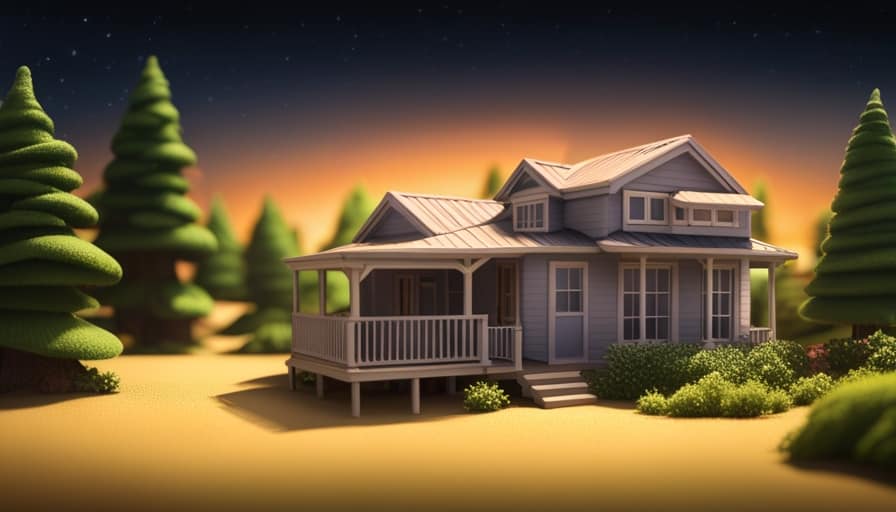
In addition to their visual appeal, eaves also contribute to the energy efficiency of small homes. By providing shade and protection from the elements, eaves help regulate the temperature inside the house, reducing the need for excessive heating or cooling. This not only saves energy but also lowers utility costs for homeowners.
Key Features of Eaves in Tiny House Construction
While eaves in tiny house construction may vary in design and size, they typically share several key features that contribute to their functionality and aesthetics. Here are some important considerations in their design and installation process:
-
Overhang: Eaves are designed with a significant overhang, extending beyond the walls of the house. This provides protection from rain, snow, and harsh sunlight, preventing water damage and reducing heat gain.
-
Gutters and downspouts: Eaves are often integrated with a gutter system that collects rainwater and directs it away from the house. This helps to prevent water from seeping into the foundation and causing structural issues.

-
Ventilation: Eaves play a crucial role in providing natural ventilation for a tiny house. They allow air to circulate under the eaves, cooling the interior and improving indoor air quality.
Maximizing Space With Eaves in a Tiny House
One way I can maximize space in my tiny house is by utilizing the eaves. Eaves design plays a crucial role in creating additional storage and living space in a compact house.
By extending the roofline and incorporating wider eaves, I can create a covered area outside my tiny house, allowing for outdoor activities and storage of items like bicycles, gardening tools, and outdoor furniture.
Furthermore, I can design the eaves to include built-in shelves or cabinets, providing extra storage for books, kitchenware, or clothing. Eaves utilization can also involve installing windows or skylights in this area, allowing natural light to enter the house and making the space feel more open and spacious.
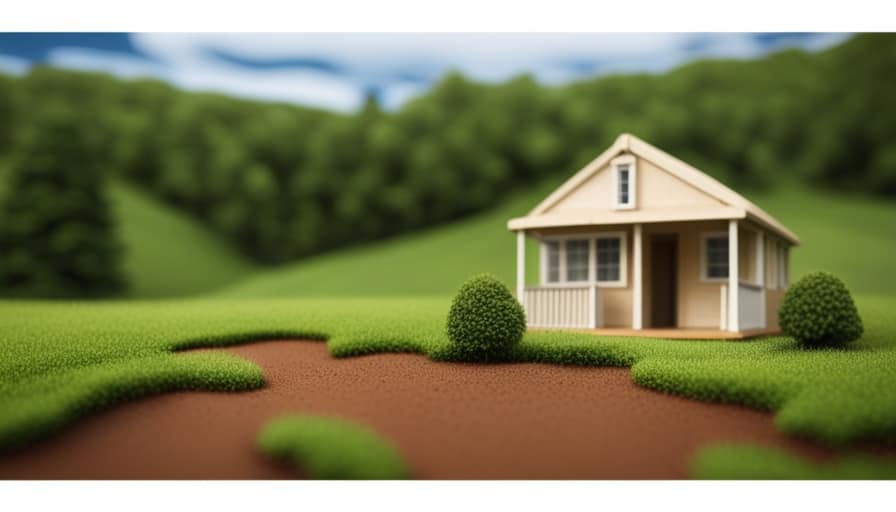
Frequently Asked Questions
How Much Does It Cost to Install Eaves in a Tiny House?
Installing eaves in a tiny house can range in cost depending on factors such as materials and labor. Cost considerations should be weighed against the benefits, such as added protection from the elements and improved energy efficiency.
Can Eaves Be Added to an Existing Tiny House or Are They Only Feasible in the Initial Construction Phase?
Eaves can be added to existing tiny houses, not just during initial construction. They provide several advantages, such as protecting the walls from water damage and reducing energy costs by providing shade.
Are Eaves Necessary in Tiny House Design or Are They Purely Aesthetic?
Eaves on a tiny house can serve both practical and aesthetic purposes. They provide protection from the elements, preventing water damage and reducing heat gain. However, they can also limit natural light and restrict the view from inside the house.
What Materials Are Commonly Used for Building Eaves in Tiny Houses?
Different eave designs in tiny house construction utilize materials such as wood, metal, and vinyl. Eaves provide multiple advantages, including protection from rain, snow, and sun, as well as improved energy efficiency by reducing heat gain and loss.

Do Eaves Provide Any Insulation Benefits for Tiny Houses?
Eaves can provide insulation benefits for tiny houses by blocking direct sunlight in the summer, reducing heat gain. This increases energy efficiency and helps maintain a comfortable temperature inside.
Conclusion
In conclusion, the incorporation of eaves in tiny house design offers numerous benefits.
Not only do they provide functionality by protecting the structure from weather elements, but they also enhance the charm and aesthetic appeal of the house.
The key features of eaves in construction allow for efficient use of space, maximizing every inch available.
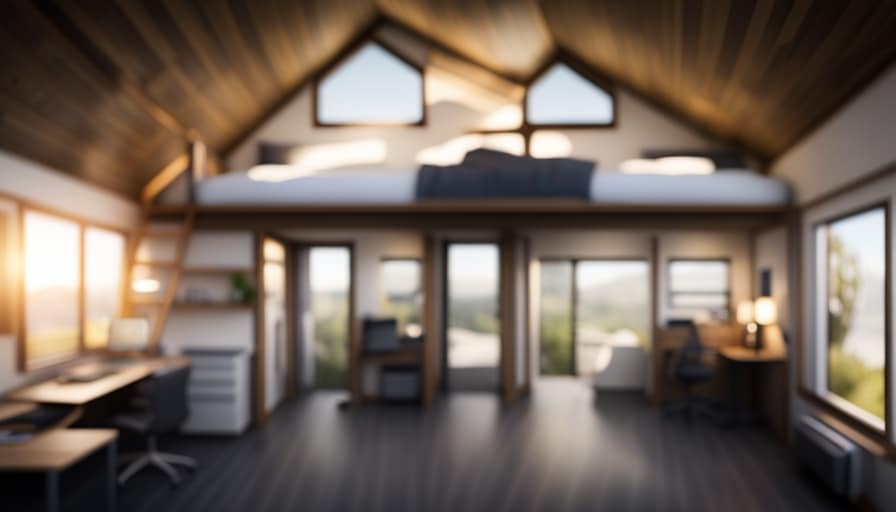
By utilizing eaves, tiny house dwellers can enjoy a comfortable and well-designed living space, despite the limited square footage.
I’m Theodore, and I love tiny houses. In fact, I’m the author of Tiny House 43, a book about tiny houses that are also tree houses. I think they’re magical places where imaginations can run wild and adventures are just waiting to happen.
While tree houses are often associated with childhood, they can be the perfect adult retreat. They offer a cozy space to relax and unwind, surrounded by nature. And since they’re typically built on stilts or raised platforms, they offer stunning views that traditional homes simply can’t match.
If you’re looking for a unique and romantic getaway, a tree house tiny house might just be the perfect option.
